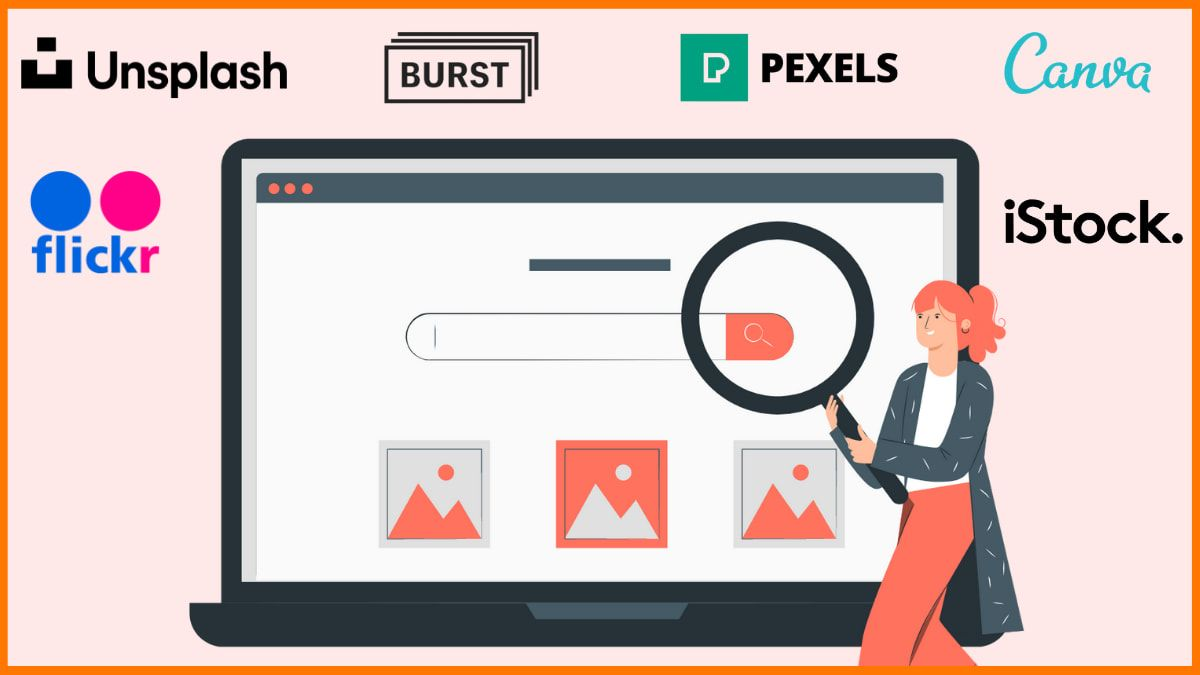In today’s digital landscape, capturing the attention of your target audience has become increasingly challenging. With the constant overload of information and advertisements, it’s easy for your message to get lost in the noise However, there’s one element that can help you stand out from the crowd: eye-catching images.
Why Eye-Catching Images Matter in Digital Marketing
When it comes to digital marketing, the use of high-quality images is essential for capturing the attention of your audience. In a world where people are constantly exposed to content from all directions, an image that stands out can be the difference between someone scrolling past your content or engaging with it. Images have the power to convey complex ideas, evoke emotions, and create connections with your audience. When used effectively, they can:
- Increase engagement and conversions
- Enhance brand recognition and awareness
- Communicate your message more efficiently than text alone
Types of Eye-Catching Images for Digital Marketing
1. High-Quality Product Images: Showcase your products from different angles, with good lighting, and in context to help customers visualize them.
2. Infographics: Present information in a visually appealing way to educate and inform your audience.
3. Emotive Photography: Use authentic, high-quality photos that evoke emotions and create connections with your audience.
4. Branded Graphics: Develop a consistent visual identity with custom illustrations, icons, and graphics.
5. User-Generated Content (UGC): Encourage customers to share photos or videos featuring your brand.
Best Practices for Using Eye-Catching Images
1. Optimize for Mobile: Ensure images are mobile-friendly and load quickly.
2. Use Relevant and Consistent Imagery: Align images with your brand and message.
3. Experiment with Different Formats: Try GIFs, videos, and interactive content.
4. Measure and Analyze Performance: Track engagement and adjust your strategy accordingly.
Tools for Creating Eye-Catching Images
1. Adobe Creative Cloud: Industry-standard design and editing software.
2. Canva: User-friendly graphic design platform.
3. Unsplash and Pexels: High-quality stock photo websites.
The Role of Visuals in Different Digital Marketing Channels
Different digital marketing channels require different types of images. Understanding the nuances of each platform can help you choose the most effective visuals for your campaigns.
1. Social Media Marketing
Platforms like Instagram, Facebook, and Pinterest are highly visual and rely heavily on images to capture attention. Images with bright colours, interesting compositions, and relevant content perform best on these platforms.
2. Email Marketing
In email marketing, images should complement the text and guide the reader’s eye through the content. The key is to balance visuals with text to avoid overwhelming the recipient.
3. Content Marketing (Blogs & Articles)
For blogs and articles, images play a crucial role in breaking up the text and making the content more digestible. Infographics, charts, and relevant images can enhance the reader’s understanding and retention of the content.
4. Website Design
In web design, images are used to create a visual hierarchy and guide users through the site. High-resolution images and hero banners are commonly used to make a strong first impression.
How to Select the Best Images for Your Digital Marketing Strategy
Choosing the right images for your digital marketing strategy requires a combination of creativity, understanding of your audience, and knowledge of best practices.
Know Your Audience
Understanding your audience is the first step in choosing the right images. Consider what appeals to them visually, what emotions you want to evoke, and what message you want to convey.
Align Images with Your Brand Identity
Your images should reflect your brand’s identity. Consistency in visual style, colour scheme, and tone will help build a recognizable brand presence.
Use High-Quality Images
Always opt for high-quality images. Blurry or pixelated images can harm your brand’s credibility and deter potential customers.
Incorporate Relevant Images
Ensure that your images are relevant to your content. Irrelevant images can confuse your audience and dilute your message.
Leverage Stock Photos Wisely
Stock photos are a great resource, but they should be used wisely. Try to avoid overly staged or generic images that may look inauthentic. Whenever possible, customize stock photos to better align with your brand.
Best Practices for Using Eye-Catching Images in Digital Marketing
Once you’ve selected the right images, it’s important to use them effectively across your digital marketing channels.
Consistency Across Platforms
Maintain visual consistency across all platforms. This includes using the same filters, colour schemes, and styles to create a cohesive brand image.
Test and Analyze
Regularly test different images to see which ones perform best. Analyze metrics such as engagement rates, click-through rates, and conversions to determine what works for your audience.
Adapt to Different Devices
Ensure that your images look good on all devices, from desktops to mobile phones. This may involve resizing images or using responsive design techniques.
Conclusion
Eye-catching images are a powerful tool in your digital marketing strategy. By carefully selecting and optimizing visuals, you can enhance user engagement, improve brand recall, and drive conversions. Remember to keep your audience in mind, maintain brand consistency, and always test your visuals to ensure they’re delivering the best possible results. In the competitive world of digital marketing, the right image can set you apart from the rest.





